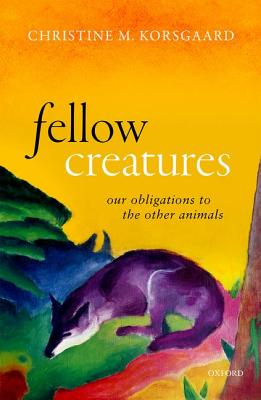Color Attraction of Flies: The Hidden Truth Behind Their Favorite Shades
Guide or Summary:Understanding Fly AttractionColor Attraction: The Science Behind ItPractical Applications of Fly Attraction KnowledgeFlies, those pesky lit……
Guide or Summary:
- Understanding Fly Attraction
- Color Attraction: The Science Behind It
- Practical Applications of Fly Attraction Knowledge
Flies, those pesky little creatures, often cast a long, dark shadow over our outdoor activities. While they may be a nuisance to us, they are fascinating creatures with intriguing behaviors. One such behavior is their attraction to certain colors. In this article, we will delve into the hidden truth behind the colors that flies are most attracted to, providing valuable insights for those looking to repel these unwelcome guests.
Understanding Fly Attraction
To understand why flies are attracted to certain colors, it is essential to explore their visual perception. Flies have compound eyes that allow them to perceive a wide range of colors. These eyes are composed of thousands of tiny units called ommatidia, each containing photoreceptor cells that detect light. While flies can see a broader spectrum of colors than humans, they are particularly sensitive to ultraviolet (UV) light, which is invisible to the human eye.
Color Attraction: The Science Behind It
Flying insects, including flies, are primarily attracted to bright colors such as yellow, green, and blue. This is because these colors reflect UV light, which is particularly attractive to flies. In addition, flies are also drawn to dark colors like black and dark green, which absorb UV light and create a warm, inviting environment.
UV light is particularly appealing to flies because it helps them navigate their environment. Flies use UV light to detect the edges of objects and to avoid obstacles. This is why they are often found near bright, reflective surfaces such as water and shiny objects.

Practical Applications of Fly Attraction Knowledge
Understanding the colors that attract flies can have practical applications in pest control and environmental management. For example, gardeners can use bright, reflective surfaces to deter flies from their plants. Similarly, homeowners can use UV-reflective materials in their homes to keep flies away from their living spaces.
In addition, understanding fly attraction can also help in designing effective fly repellents. Researchers have found that certain scents and colors can repel flies, making them less likely to land on surfaces or enter homes. By incorporating these principles into pest control strategies, homeowners and businesses can create more effective and environmentally friendly solutions.

In conclusion, flies are attracted to bright colors such as yellow, green, and blue, as well as dark colors like black and dark green. This attraction is due to their sensitivity to UV light, which is reflected by these colors. By understanding the colors that attract flies, we can develop effective strategies to repel them, making our outdoor spaces and living environments more enjoyable and fly-free. Whether you are a gardener, homeowner, or business owner, these insights can help you create a more comfortable and pest-free environment.
